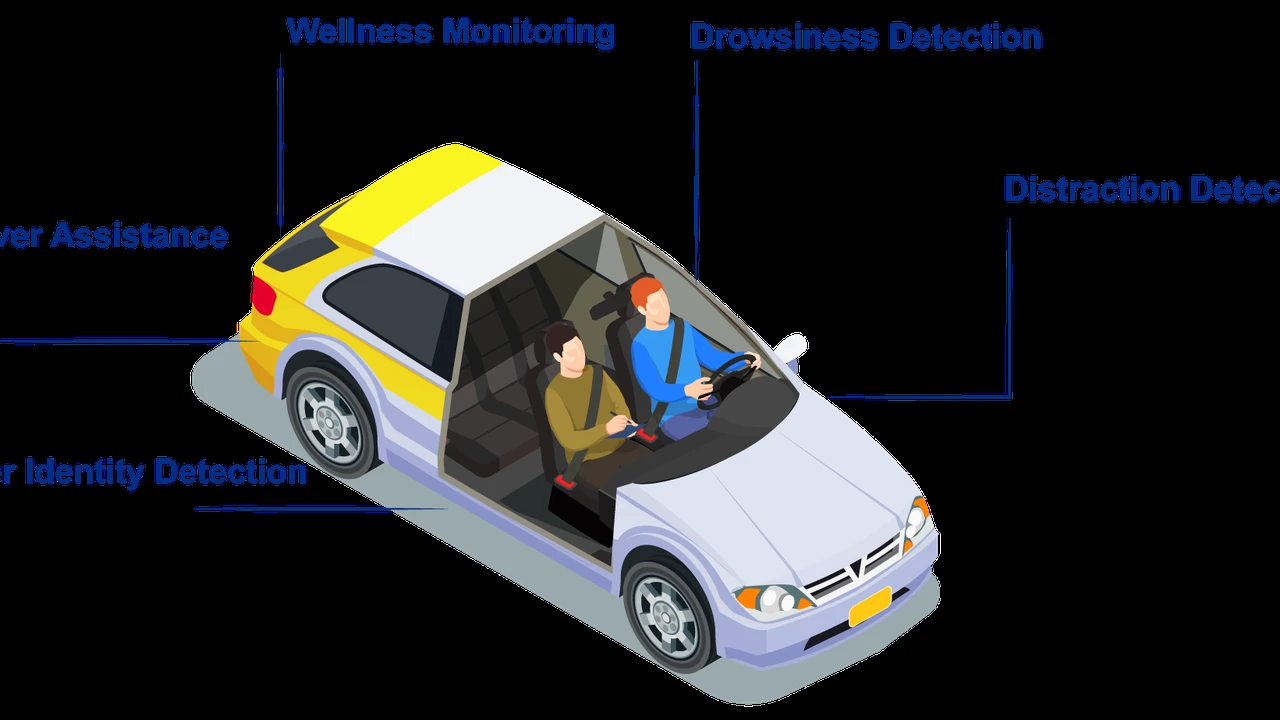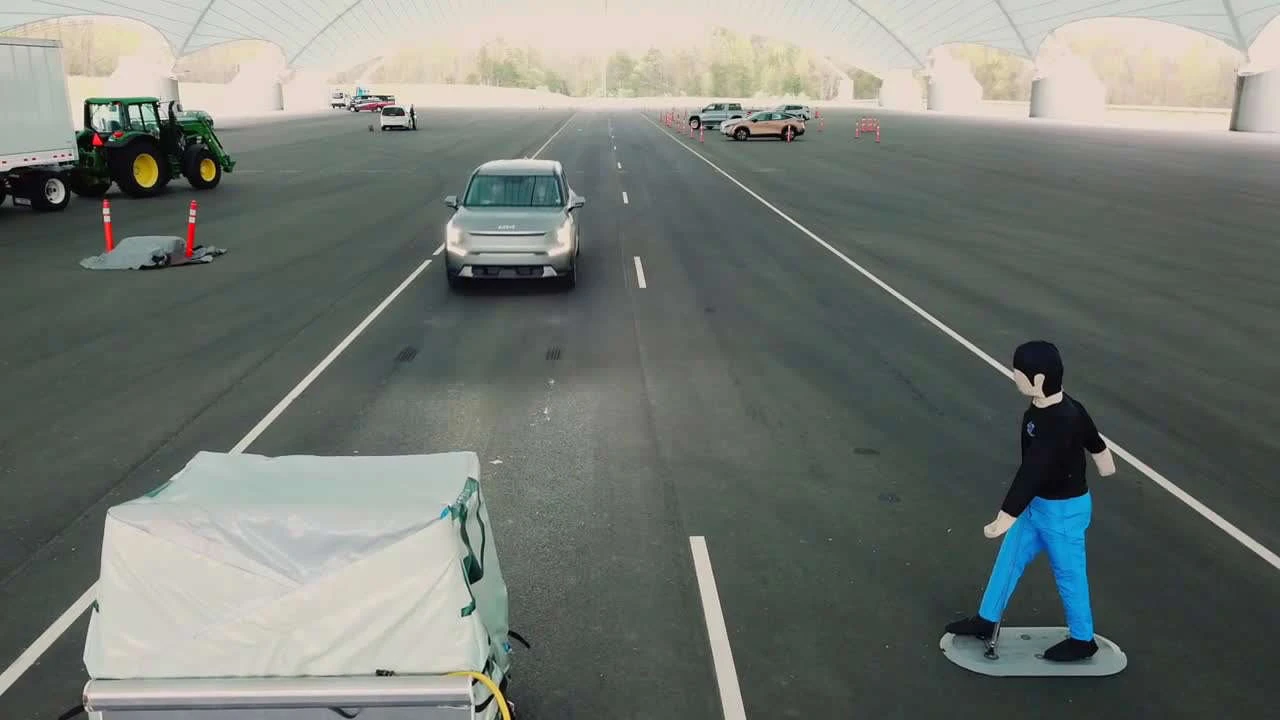The Long-Term Effects of Car Accidents on Vehicle Safety Design

Understanding the Lasting Impact of Car Crashes on Automotive Engineering and Safety Standards
So, you're probably thinking, "Car accidents happen, cars get fixed, life goes on, right?" Well, not exactly. The truth is, every fender bender, every major collision, leaves a mark. Not just on the cars involved, but on how we design and build them in the future. Think of it as a constant learning process, only instead of textbooks, the lessons are written in crumpled metal and shattered glass. We're talking about the long-term effects of car accidents on vehicle safety design, and it's a bigger deal than you might think.
Crashworthiness Ratings Evolution Driven by Accident Data and Real-World Scenarios
Remember those old cars? The ones that looked like they could withstand anything, but in reality, were just death traps on wheels? A lot of that changed thanks to crashworthiness ratings. Organizations like the IIHS (Insurance Institute for Highway Safety) and NHTSA (National Highway Traffic Safety Administration) put cars through rigorous testing. And where do they get the information for these tests? You guessed it, from analyzing real-world accident data. They look at things like how the car deforms in a crash, how well the airbags deploy, and how likely the occupants are to survive. This data directly influences how cars are designed. Manufacturers constantly tweak their designs to improve their ratings, which in turn makes cars safer.
Advanced Materials and Structural Integrity: How Accidents Shape Future Vehicle Construction
One of the biggest areas where we see the impact of accident data is in the materials used to build cars. Remember when everything was just steel? Now we're talking about high-strength steel, aluminum alloys, carbon fiber, and even advanced plastics. Why? Because these materials can absorb more energy in a crash and protect the occupants better. Think about crumple zones, for example. These are specifically designed areas of the car that are meant to deform in a controlled manner during a collision, absorbing the impact and preventing it from reaching the passenger compartment. Accident data helps engineers fine-tune the design of these crumple zones, making them even more effective.
Airbag Technology and Restraint Systems: Continuous Improvement Through Accident Analysis
Airbags have come a long way, baby! From simple, potentially dangerous devices to sophisticated systems that can detect the severity of a crash and deploy accordingly. And guess what fuels that innovation? You got it, accident data! Engineers analyze how airbags perform in different types of crashes, and they use that information to improve their designs. Things like the size and shape of the airbag, the speed at which it deploys, and the way it interacts with the seatbelt are all constantly being refined. Even seatbelts themselves have evolved. We now have pre-tensioners that tighten the belt in a crash and load limiters that release some of the pressure to prevent injury. All of this is based on real-world accident data.
Electronic Stability Control (ESC) and Autonomous Emergency Braking (AEB): Accident Prevention Technologies Evolving from Data Insights
It's not just about making cars safer *during* a crash, it's also about preventing crashes from happening in the first place. That's where technologies like Electronic Stability Control (ESC) and Autonomous Emergency Braking (AEB) come in. ESC helps prevent skidding and loss of control, while AEB can automatically apply the brakes if it detects an imminent collision. These systems are constantly being improved based on data from real-world accidents. Engineers analyze how these systems perform in different situations, and they use that information to make them even more effective at preventing crashes.
Product Recommendations: Safety Features and Their Real-World Applications
Okay, let's get down to brass tacks. You're probably wondering what kind of safety features you should be looking for in your next car. Here are a few recommendations, along with their real-world applications and some product comparisons:
Volvo XC90: A Pioneer in Safety Technology and Crash Protection
The Volvo XC90 is consistently ranked as one of the safest SUVs on the market. It's packed with safety features, including AEB, lane departure warning, and blind-spot monitoring. But what really sets it apart is its advanced structural design. Volvo has been a leader in crash safety for decades, and the XC90 is a testament to that commitment. Use Case: Perfect for families who prioritize safety above all else. Pricing: Starting around $50,000.
Subaru Outback: All-Weather Safety with Standard Symmetrical All-Wheel Drive and EyeSight Driver Assist Technology
The Subaru Outback is known for its reliability and all-weather capability. But it's also surprisingly safe. It comes standard with Subaru's EyeSight driver assist technology, which includes AEB, adaptive cruise control, and lane departure warning. And with its standard symmetrical all-wheel drive, it provides excellent traction in slippery conditions. Use Case: Ideal for drivers who live in areas with harsh weather or who frequently travel on unpaved roads. Pricing: Starting around $27,000.
Tesla Model 3: Cutting-Edge Safety Features and Over-the-Air Updates for Continuous Improvement
The Tesla Model 3 is a leader in electric vehicle technology, but it's also a very safe car. It has a strong body structure, advanced driver assist systems, and over-the-air software updates that constantly improve its safety features. Use Case: A great choice for tech-savvy drivers who want a safe and efficient electric car. Pricing: Starting around $45,000.
Product Comparison: Volvo XC90 vs. Subaru Outback vs. Tesla Model 3
Volvo XC90: Best overall safety, premium features, higher price. Subaru Outback: Excellent value, all-weather capability, good safety features. Tesla Model 3: Advanced technology, electric powertrain, constantly improving safety features.
The Future of Vehicle Safety Design: What's Next Based on Accident Trends and Technological Advancements
So, what does the future hold for vehicle safety design? Well, we can expect to see even more advanced driver assist systems, more sophisticated airbag technology, and more lightweight materials. We'll also see more emphasis on pedestrian and cyclist safety. And, of course, accident data will continue to play a crucial role in shaping the design of future cars. The goal is to create vehicles that are not only safer in a crash, but also better at preventing crashes from happening in the first place. It's a never-ending quest, but one that's worth pursuing. Each accident, while tragic, provides valuable insights that help us build safer cars for everyone.
:max_bytes(150000):strip_icc()/277019-baked-pork-chops-with-cream-of-mushroom-soup-DDMFS-beauty-4x3-BG-7505-5762b731cf30447d9cbbbbbf387beafa.jpg)






